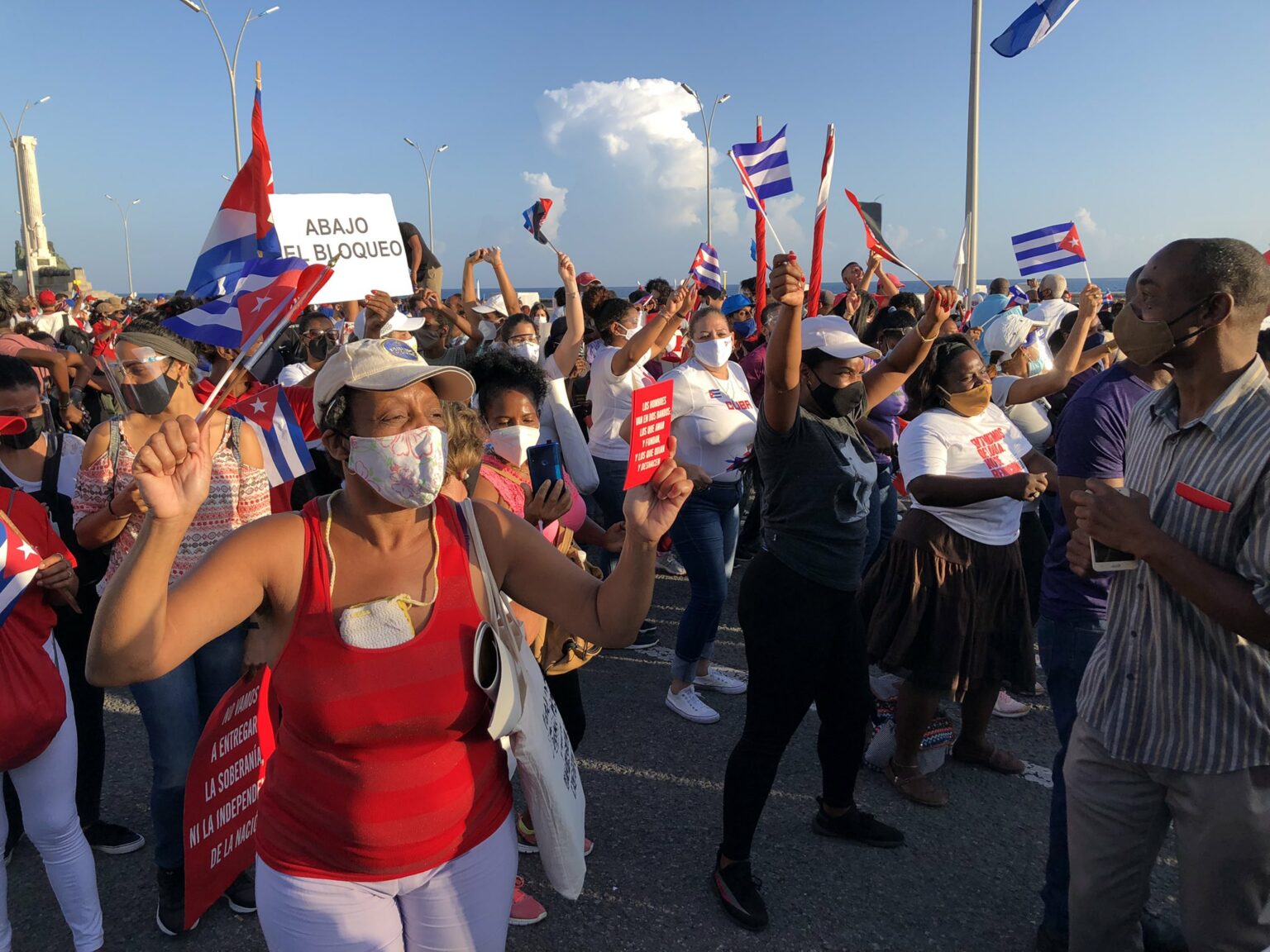Cuba, a small island besieged by the United States, is taking concrete measures to reorient its economy in the fight against climate change. It’s an example that the whole world should take seriously.
Cuba may be responsible for only 0.08 percent of global CO2 emissions, but this Caribbean island is disproportionately hard-hit by the effects of climate change. The frequency and severity of extreme weather events — hurricanes, drought, torrential rain, flooding — is increasing, to the detriment of ecosystems, food production, and public health. Without action to protect the coastline from rising sea levels, up to 10 percent of Cuban territory could be submerged by the end of the century. This risks wiping out coastal towns, polluting water supplies, destroying agricultural lands, ruining tourist beaches, and forcing one million people to relocate — some 9 percent of the population.
Critics dismiss Cuba as a failed state, but don’t accept how badly it’s hamstrung by the US blockade
4 August 2021
The violent protests that erupted in Cuba in early July were the first serious social disturbances since the “Maleconazo” of 1994, 27 years ago. Both these periods were characterised by deep economic crises. I was living in Havana in the mid-90s and witnessed the conditions that triggered the uprising: empty food markets, shops and pharmacy shelves, regular electricity cuts, production and transport ground to a halt. Such were the consequences of the collapse of the socialist bloc, which accounted for about 90% of the island’s trade.
Don't believe everything you read on social media.
20 July 2021

Cubans take part in a mass rally in defence of the Cuban Revolution and calling for an end to US sanctions, July 2021. Photo: Helen Yaffe
On Sunday 11 July, dozens of anti-government protests, apparently coordinated via social media, took place simultaneously throughout Cuba. In several places, including in San Antonio on the outskirts of Havana and in Matanzas, where Covid-19 cases have been surging, protests turned violent, with windows smashed, shops looted, cars overturned, rocks thrown and people assaulted.
02 February 2021
The first of January 2021 was known as ‘Day Zero’ in Cuba. After almost three decades of operating with a dual currency, Cuba’s national peso (CUP) and its convertible peso (CUC) were unified as part of a broader process of ‘monetary ordering’ that also involves major price adjustments, the elimination of ‘excessive [state] subsidies and undue gratuities’ and significant changes in salaries, pensions, and social assistance benefits. The endeavour is without precedent, both because the US blockade restricts Cuba’s access to external finances and revenues, and because the process is underscored by the state’s commitment to cushion the population from the trauma of restructuring. It is also being carried out amid the global economic recession initiated by Covid-19.